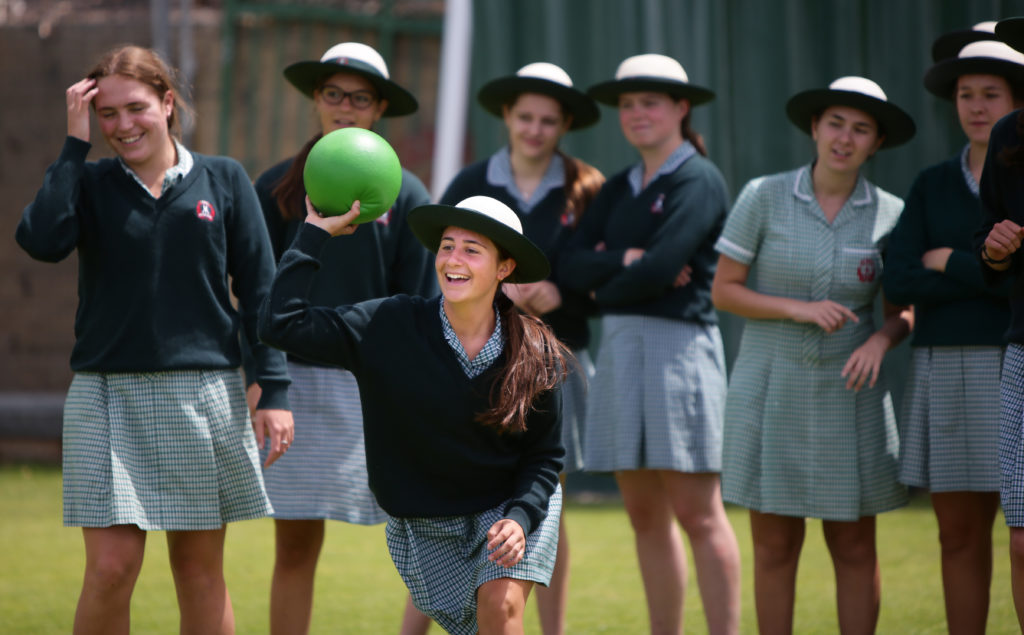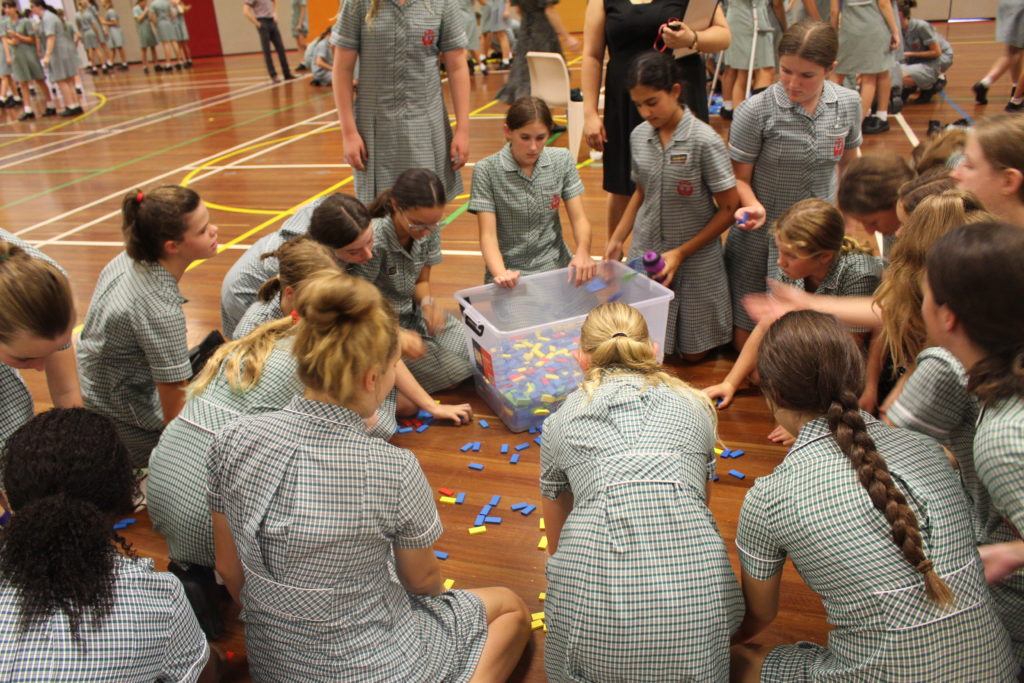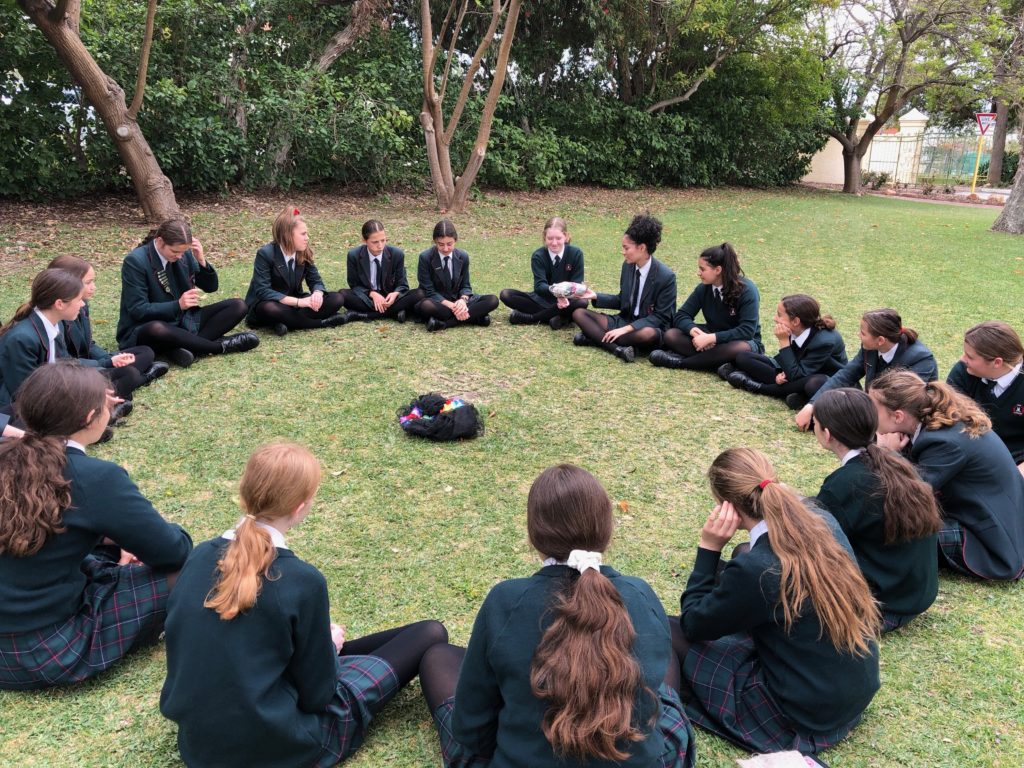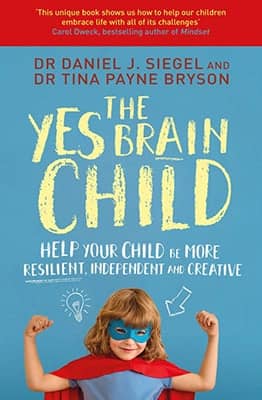What is PCT?

You might read on your daughter’s timetable PCT, or on her booklist Mercy Wellbeing Journal. Your daughter might also come home and share with you what she did in House PCT that day. PCT stands for pastoral care time, and, it is something that has been part of our timetable for many, many years.
What does my daughter actually do in PCT?
PCT activities can be wide and varied. They might be activities purely designed to spark social connections, a sense of belonging and community, or just simply for fun to bring a smile to your daughter’s face. She might spend an hour playing games or playing with dominoes, and that break from study, we think, is an important one due to all of the other benefits it brings. PCT sessions might also be informative sessions such as study skills sessions, or guest speakers that help your daughter to grow her skills and knowledge around being the best student or person that she can be.

Who is in charge of PCT?
Each week on Thursday, your daughter has a Year PCT scheduled on her timetable and most often this is run by the Dean of Year, but occasionally we use this time to gather as a whole school community and have a College Assembly. Last year, for example, we held a Wellbeing Assembly, and a Diversity Assembly and we have recently just held our Achievers’ Assembly. Each fortnight your daughter will gather with members of her House and these sessions or activities are led either by her Homeroom teacher or her Head of House in an effort to grow House spirit and a sense of belonging for each student within each of the different Houses.

Does PCT link with the Mental Health Strategy (MHS)?
Absolutely! Whilst we have always been focussed on the health and wellbeing of our students, there will be a greater focus on mental health strategies going forward. Meditation, mindfulness, physical activity, making strong social connections are just a few examples of the links between PCT and the MHS.


Combating The Attention Span Crisis In Our Students – Jennifer Oaten
It is no secret that attention spans have been steadily declining, especially among younger generations growing up immersed in digital technology. The average person’s attention span when using a digital device has plummeted from around two and a half minutes back in 2004 to just 47 seconds on average today – a dramatic 66% decrease over the past two decades.

Weekly Wrap Up: Term 2, Week 2, 2024
Week 2 has come to an end! This Weekly Wrap Up features highlights from Scuba Diving Club, the Sisterhood Series, and Boarding ANZAC Service.

Santa Maria Teams Shine in Term 1 Sports
Santa Maria had a huge number of girls in the IGSSA AFL and Volleyball competition with strong results for a number of teams.
- Confidence, ConnectingLearning2Life, EmotionalIntelligence, ProblemSolving
Author: Santa Maria College
Santa Maria College is a vibrant girls school with a growing local presence and reputation. Our Mission is to educate young Mercy women who act with courage and compassion to enrich our world. Santa Maria College is located in Attadale in Western Australia, 16 km from the Perth CBD. We offer a Catholic education for girls in Years 5 – 12 and have 1300 students, including 152 boarders.






